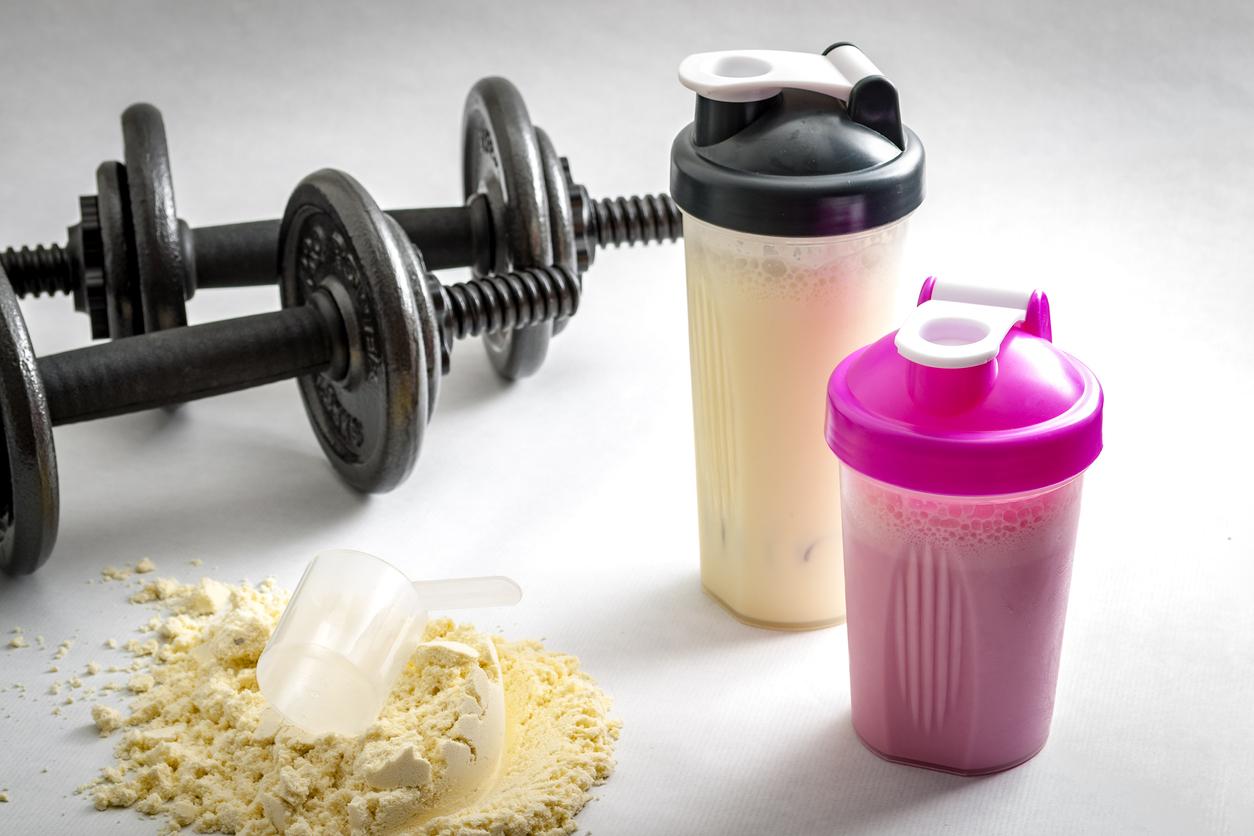
April 7, 2011 – Pycnogenol®, a maritime pine bark extract rich in antioxidants, is believed to be beneficial for people with metabolic syndrome.
This is what researchers believe1 Italians who conclude that the extract may, in these patients, have a protective effect on the kidneys. Metabolic syndrome puts a strain on the kidneys when it is accompanied by high blood pressure and high blood sugar. In such a situation, nephropathy (kidney disease) is never far away.
The researchers carried out a clinical trial in 58 patients with metabolic syndrome and showing early clinical signs of kidney problems. All subjects were treated with an antihypertensive drug (Ramipril®), but 31 of them also took 150 mg of Pycnogenol® per day.
After 6 months, patients who were treated only with Ramipril® had reduced their uric protein levels by 22%, a marker of kidney problems. In subjects who were also taking Pycnogenol®, this reduction in urine protein levels was on the order of 53%.
The researchers also observed a significantly greater reduction in blood pressure in patients who took pine bark extract. Fasting blood sugar was also lower in subjects who had taken Pycnogenol.
Even more surprisingly, the body mass index (BMI) of those who took pine bark was slightly lower than that of patients who took only Ramipril.®.
According to the researchers, the anti-inflammatory action of pine bark could explain both its beneficial effects on blood pressure and its protective effect against kidney problems. As for its hypoglycemic effects, they are, according to them, attributable to the antioxidant oligo-proanthocyanidins (OPC) it contains.
Pierre Lefrançois – PasseportSanté.net
1. Stuard S, Belcaro G, Cesarone MR, et al. Kidney function in metabolic syndrome may be improved with Pycnogenol®. Panminerva Med. 2010 Jun; 52 (2 Suppl 1): 27-32.
2. These values concern the Caucasian and African populations of the eastern Mediterranean and the Middle East. For Chinese, Japanese, Southeast Asian people, as well as the indigenous populations of America (North, Center and South), the values are the same for women, but 90 cm (35, 5 in) for men.















